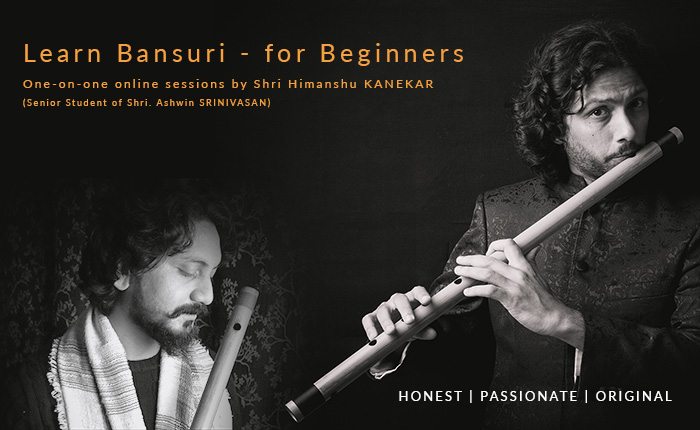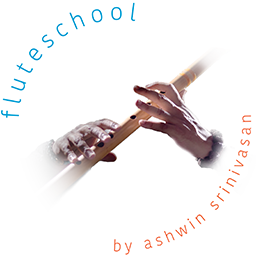
Himanshu
Forum Replies Created
There are different aspects of learning this subject (well any subject for that matter). If the context is ear training then yes it can help you to a great extent. For example, I am training one of a beginner student who has trouble singing in pitch but possesses a basic electronic piano. It’s a step by step ear training program where I ask him to recognise individual notes, note combinations and phrases played on piano. Ofcourse detailed gayaki cannot be played on piano (due to limitation of meend) but one can develop the skill to a good level depending upon proficiency in playing at both ends.
Other than this, I have sometimes witnessed Ashwin sir playing the melody on piano first for , say, a flute dubbing project for any film/song, to probably register the melody and/or understand it’s harmony better. I think ultimately, you should do whatever works for you.
When I did, I also bought it one by one.
It was mainly based on the requirements of the key, the original song that I wanted to play was based on and also the Octave in which I wanted to play.
The biggest flute I have currently is a C# and then in the order of decreasing size D, D#, E, F, F#, G, G#, A, A#, B, C, C#, D, D#, E, F, F# and G
This has proven to be enough till now for me.
I’ve seen flutes going upto A at both ends.
I think there’s no limit if the flute maker is creative and the player talented enough. I’ve seen Ashwin sir playing Ocarinas and Ney flutes with same proficiency.
